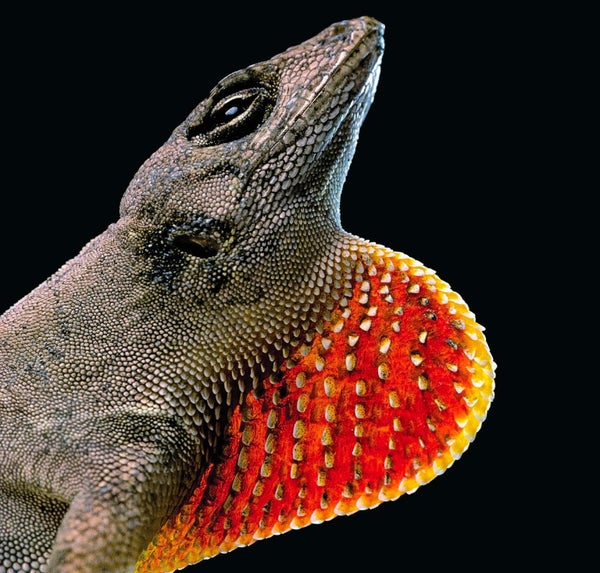February 21, 2024
2 min read
New research into the “stasis paradox” challenges the rules of evolution
Paul Starosta/Getty Images
Evolution can perform spectacular makeovers: today’s airborne songbirds descended from the wingless, earthbound dinosaurs that roamed millions of years ago, for example. But some organisms seem to change very little, even over eons—the coelacanth, a modern-day fish, is nearly identical to its 410-million-year-old fossilized counterparts.
Scientists have long wondered how these species withstand the pressures of natural selection. The prevailing hypothesis for this “stasis paradox” has been that natural selection keeps some species unchanged by selecting for moderate or average traits (so-called stabilizing selection) rather than selecting for more extreme traits that would cause a species to change (directional selection). But a study published in the Proceedings of the National Academy of Sciences USA contradicts this idea, showing that evolution constantly favors different traits in seemingly unchanging animals that improve short-term survival. In the long term, though, “all that evolution cancels out and leads to no change,” says the study’s lead author, James Stroud, a biologist at the Georgia Institute of Technology.
Stroud and his colleagues studied four anole lizard species, all relatively unchanged for 20 million years, living on a small island in Florida’s Fairchild Tropical Botanic Garden. The researchers captured members of these populations every six months for three years. They measured each lizard’s head size, leg length, mass and height, as well as the size of its sticky toe pads, noting which individuals survived. Stroud expected to observe stabilizing selection at work preserving moderate traits. Instead he saw clearer evidence of directional selection: some lizards with unique traits, such as stickier toes, survived better in the short term.
On supporting science journalism
If you’re…
Read the full article here







